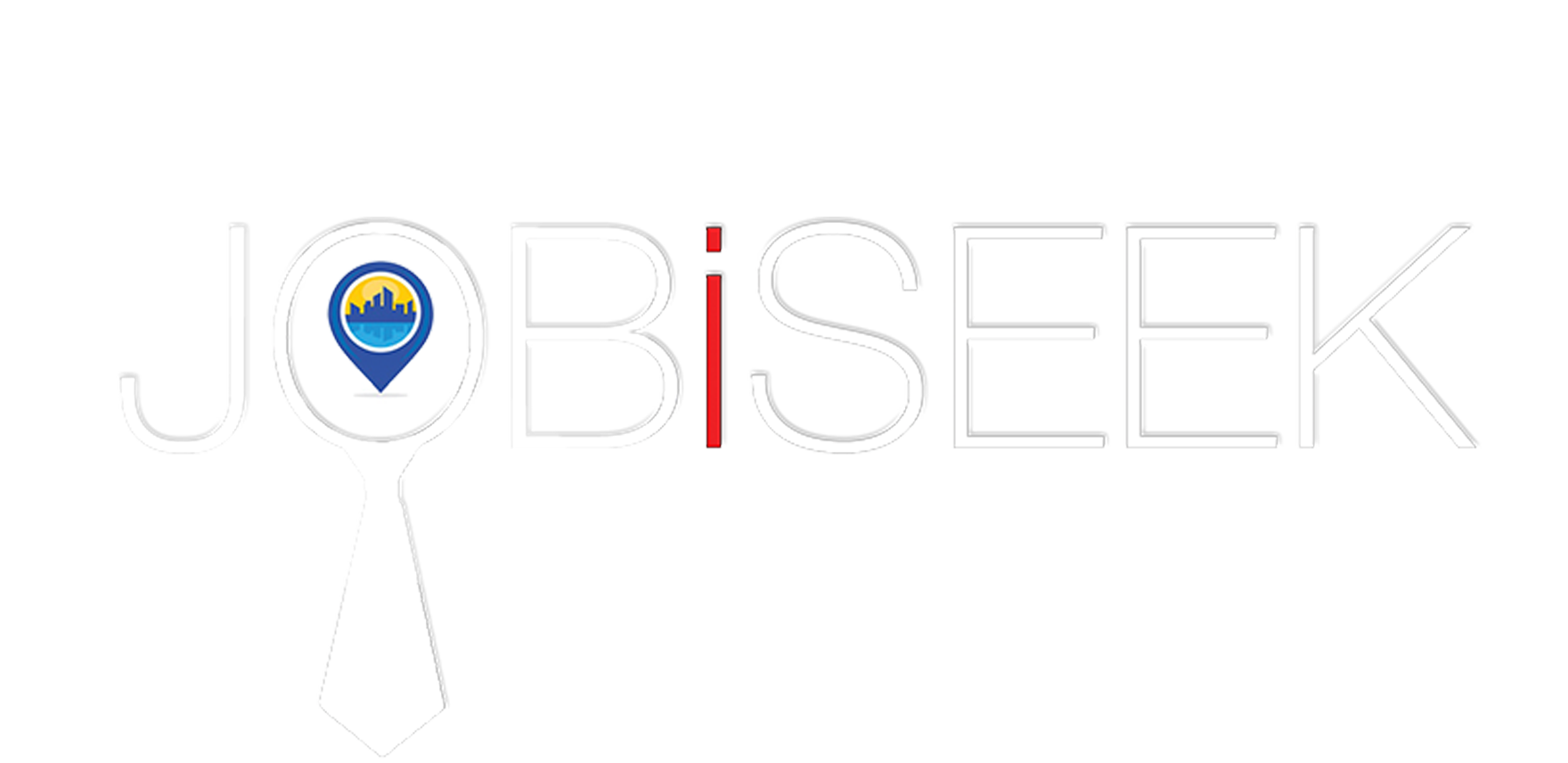COVID-19 Return-to-Work Checklist from a Canadian Employment Law Perspective
Source: Dickinson Wright Law Firm
As workplaces across Canada begin to reopen in the midst of the COVID-19 pandemic, there are a number of considerations for employers and employees. Regard must be had to compliance with federal and provincial occupational safety and health legislation (“OSHA”) and return to work guidelines.
Generally, employers have a duty to take every precaution reasonable in the circumstances for the protection of workers. Specifically, during the COVID-19 pandemic, that will mean employers need to consider providing additional personal protective equipment (“PPE”) and training in how to use PPE and to take other steps to prevent the spread of COVID-19 in the workplace.
The federal government and each province have issued or will be issuing return-to-work guidance that is both of general application and applicable to specific industries or sectors of the economy. Ontario’s guidelines can be found here.
Beyond the legislation and guidelines, here is a checklist of issues that employers should be considering as they develop a return to work plan specific to their business.
1. Stay Informed
- Continue to monitor Health Canada, Provincial Chief Medical Officer of Health, Centers for Disease Control and Prevention as well as OSHA websites for insight relating to COVID-19 issues in the workplace.
- Keep up-to-date with federal and provincial government requirements for reopening.
- Continue to monitor COVID-19 plans in the community in which your workplace is located. Local plans may have a significant impact on workplace operations.
- Continue to stay informed about school and public transportation disruptions, which may impact the workforce.
2. Create and Implement a Response and Communication Plan
- Identify a team of individuals and a point of contact for the response plan. Be sure to involve key decision-makers, managers, and health and safety members where necessary.
- Ensure flexibility—be ready to modify or amend workplace practices as needed.
- Where necessary, prioritize customers, identify alternative suppliers, and determine whether it may be appropriate to reduce operations.
- Prepare a plan of communication to employees that addresses:
- Teleworking policies and staggered schedules, which can contribute to physical distancing and reduce the likelihood of your whole workforce being exposed.
- Availability of statutory leaves under employment standards legislation and employer vacation, sick leave and other leaves.
- Employee anxiety and misinformation.
- Who employees should contact for further information.
3. Create and Implement a Safety Plan
- Consider where, when, and how employees may be exposed (such as from the public or other co-workers).
- Consider employees’ individual risk factors.
- Follow governmental legislation, regulations, and any specific health and safety guidelines for specific activities, services, and industries.
- Consider limitations on nonessential travel.
- Communicate basic prevention measures, consistent with governmental guidelines:
- Promote hand hygiene—frequent handwashing for all employees, visitors, and customers.
- Provide soap and water (or hand sanitizer authorized for sale in Canada by Health Canada) where possible.
- Encourage respiratory etiquette, including covering coughs and sneezes.
- Provide tissues and trash bins.
- Social distancing in the workplace.
- Consider employee screening, including temperature checks and symptom questionnaires. See below relative to confidentiality.
- Develop policies for identification and isolation of sick or exposed employees as well as return to work policies.
- Encourage employees to self-monitor for signs and symptoms of COVID-19.
- Ask employees who have been exposed to COVID-19 or have traveled to a high-risk location to work from home for an incubation period of 14 days.
- Develop clear policies for reporting to human resources or management when an employee becomes sick or begins experiencing symptoms and for reporting policy violations.
- Implement engineering controls such as high-efficiency air filters or sneeze guards where appropriate.
- Increase the frequency of workplace cleaning and sanitation, especially high touch surfaces and shared equipment.
- Impose clear limits on the size of meetings and events and the number of people permitted in cafeterias, kitchens, lounges, and boardrooms.
- Consider staggering arrival and break times.
- Continue to limit non-essential business travel.
- Ensure the proper use of personal protective equipment where appropriate, including face masks, respiratory protection, gowns, gloves, and face shields.
- Considering ensuring that the plan has general applicability to cover other infectious diseases including a plan for management of future pandemics.
- Consider issues and measures for responding in shared building, office, or workplace environments.
- Follow existing OSHA standards, public health, privacy, and human rights requirements.
4. Consider Leave Options
- Review existing policies to ensure consistency with federal, provincial, and local law, as applicable to your workplace.
- Track employees’ use of leave, reason for leave, and duration.
- Ensure that individuals on leave return to their prior positions.
- To avoid layoffs, consider applying under the various federal wage assistance programs or adopting shared work programs.
- Prepare for potential work refusals.
5. Consider Confidentiality
- Be mindful of the privacy and confidentiality obligations regarding employee health information.
- Require employees infected with COVID-19 to identify all individuals who have worked in close proximity.
- Inform other employees of any possible exposure, but keep the identity of infected employees confidential.
- Consider noninvasive screenings for employees, including body temperature checks and symptom questionnaires when entering the workplace and keep up to date with other options for testing/screening and applicable law. Remain cognizant of statutory guidelines relative to confidentiality:
- (1) Results must be kept separate from personnel files.
- (2) Maintain confidentiality of temperature results.
- (3) You may disclose the name of an employee that has tested positive for COVID-19 to a public health agency.
6. Consider Workers’ Compensation Issues
- Remain abreast of developments applicable to the jurisdiction of the business.
- Consider the nature of employment relative to a confirmed case of COVID-19 for e.g.:
- Evidence of source for contracting the disease during the course of employment.
- Work that presented the employee with an increased risk of contracting COVID-19.
- Factors that suggest employment activities sufficiently establish a significant opportunity for contact.
- Consider how the statutory time limit for filing a claim or objecting to a decision has been impacted by emergency declarations.
- Monitor applicable statute and board publications for possible inclusion of COVID-19 as an occupational disease for industry-specific workers.
7. Remain Cognizant of Human Rights Issues and Anti-Discrimination/Anti-Harassment Policies
- Remind employees that discrimination or harassment on the basis of any protected class under applicable federal and provincial human rights legislation is prohibited.
- Consider redistributing anti-discrimination and anti-harassment policies.
- Consider training for management and supervisory staff relative to responding to comments about COVID-19 and employees who may have been affected.
Source: Dickinson Wright Law Firm


